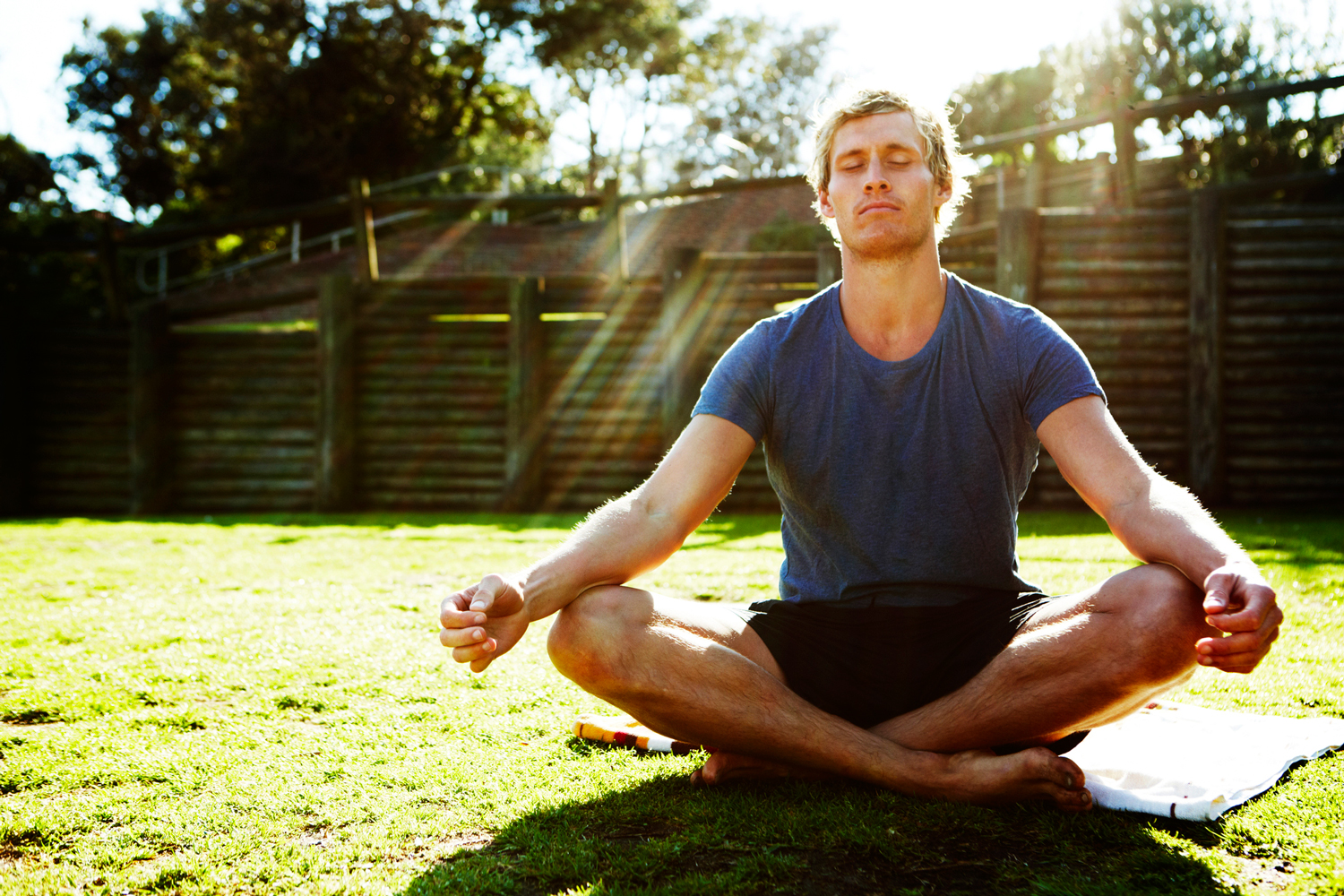How to Meditate? Grasping Mindfulness for Everyday Life
How to Meditate? Grasping Mindfulness for Everyday Life
Blog Article
How to Meditate: A Detailed Approach to Getting Mindfulness and Tranquility
Meditation serves as a powerful tool for achieving mindfulness and emotional calmness in a hectic world. By comprehending the basic principles and techniques involved in reflection, people can grow a technique that improves their total well-being.
Recognizing Meditation
Comprehending meditation entails comprehending its basic principles and techniques, which act as the foundation for the method. At its core, meditation is a mental workout intended at promoting leisure, constructing interior energy, and developing compassion and understanding. The method urges people to focus their attention, typically through techniques such as deep breathing, visualization, or concept repeating.
Reflection can be categorized into numerous designs, consisting of mindfulness, transcendental, and loving-kindness meditation, each with distinct objectives and approaches. Mindfulness meditation highlights present-moment recognition and non-judgmental monitoring of ideas and feelings, while transcendental reflection includes using details concepts to transcend common mind. Loving-kindness meditation concentrates on creating a mindset of love and compassion in the direction of oneself and others.
Despite the strategy employed, the key goal remains consistent: to grow a much deeper understanding of the mind and its patterns. This self-awareness promotes psychological durability, clarity of idea, and a profound feeling of calmness (How to meditate?). By understanding these methods and concepts, people prepared for a successful reflection practice that can dramatically improve their total wellness
Preparing for Your Method
Prior to beginning your reflection technique, it is necessary to produce an environment favorable to concentrate and relaxation. Select a peaceful room where you are unlikely to be interrupted. This might be a corner of an area, a yard, or any type of area that stimulates a sense of peace. Make sure that the location is cost-free and tidy of clutter, as a tidy atmosphere can aid clear the mind.
Consider the lights, as all-natural light can enhance your mood and energy. Soft, cozy lights is often much more calming than harsh fluorescent lights. Furthermore, pick a comfortable temperature, ensuring that you are neither also warm nor as well cool.
Including components that advertise peace can better boost your experience. This might include soft cushions or coverings for convenience, along with soothing fragrances from vital oils or scent. It can additionally be beneficial to have actually a timer established for your meditation session to stop interruptions from clock-watching.
Standard Meditation Techniques

An additional effective method is body check meditation. This entails mentally scanning your body from head to toe, observing any kind of areas of tension or pain and consciously kicking back those muscular tissues. This practice promotes a deeper link in between your mind and body.

Last but not least, loving-kindness reflection focuses on growing empathy towards yourself and others. Calmly repeat phrases of a click to find out more good reputation, improving emotional health and interconnectedness. Each of these methods offers as a foundation for your reflection journey, permitting you to find the approach that resonates best with your individual method.
Keeping Emphasis and Mindfulness

Developing a committed reflection room can boost the capacity to preserve mindfulness. A peaceful, clean atmosphere decreases distractions, allowing for deeper immersion in the technique. In addition, establishing a time frame can assist handle expectations; starting with shorter sessions may ease the transition right into longer techniques.
Using methods such as body scanning or observing sensations can additionally boost mindfulness. These techniques encourage specialists to stay existing and involved with their physicality, anchoring their attention in the minute. Regular method is crucial; the mind builds strength gradually, producing a stronger ability for focus.
Incorporating Reflection Into Every Day Life
Incorporating reflection into every day life can change routine tasks into possibilities for mindfulness and self-reflection. By incorporating mindfulness methods right into typical tasks, people can cultivate a better sense of visibility and serenity in the middle of the numerous hours of daily life.
Begin by identifying minutes throughout your day where you can practice and stop briefly mindfulness. For example, during your early morning commute, focus on your breath or the experiences of the environment around you. In the kitchen, strategy cooking as an introspective practice, appreciating the textures, colors, and aromas of the ingredients. Even ordinary tasks like washing meals or strolling can become chances for reflection by guiding your attention to the feelings of motion and the audios surrounding you.
Additionally, setting aside committed times for reflection can enhance its practice. Start with short sessions, gradually enhancing period as you come to be extra comfy. Use reminders or cues-- like a particular time of day or a soothing noise-- to develop uniformity.
Ultimately, the goal is to weave mindfulness right into the textile of day-to-day live, enabling you to approach each moment with intent, thereby enhancing your total feeling of wellness and clarity.
Conclusion
In final thought, effective reflection needs a quiet atmosphere, a comfy setting, and an emphasis on the breath. Routine reflection, even in short sessions, fosters a deeper link to the existing moment, eventually leading to greater calmness and psychological clarity in everyday life.
Reflection can be categorized right into various styles, consisting of mindfulness, transcendental, click site and loving-kindness meditation, each with unique objectives and approaches. Mindfulness reflection stresses present-moment understanding and non-judgmental monitoring of feelings and thoughts, while copyright includes the usage of particular rules to go beyond regular thought procedures.With your reflection space prepared, it's time to explore different standard reflection techniques that can assist grow mindfulness and internal Home Page tranquility.Regularly maintaining focus and mindfulness throughout reflection can be tough, specifically for those new to the technique.Developing a devoted meditation area can improve the capacity to keep mindfulness.
Report this page